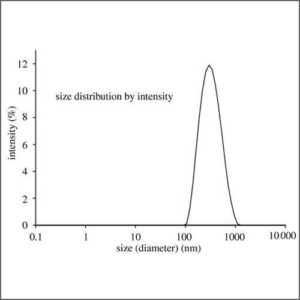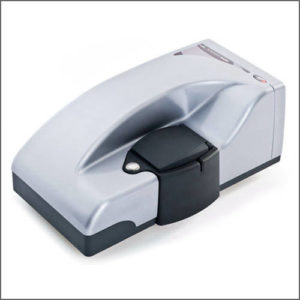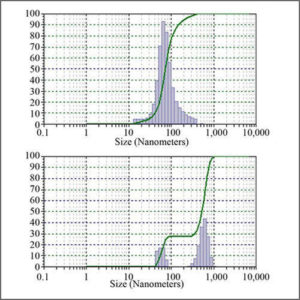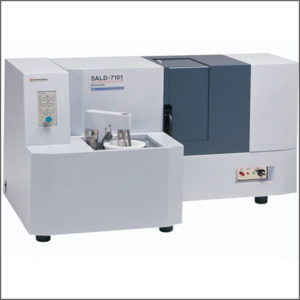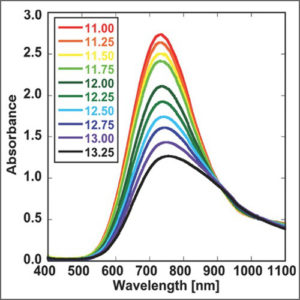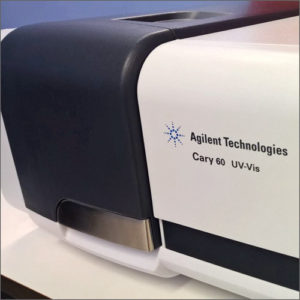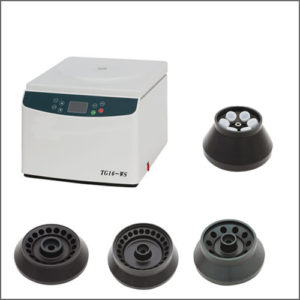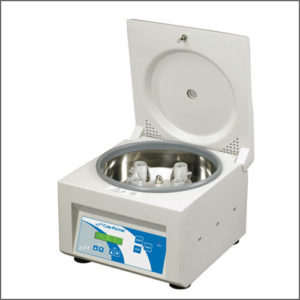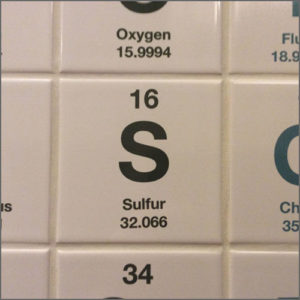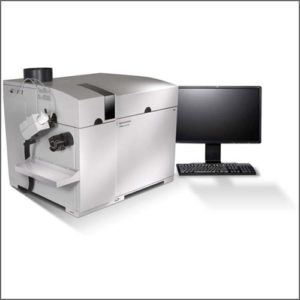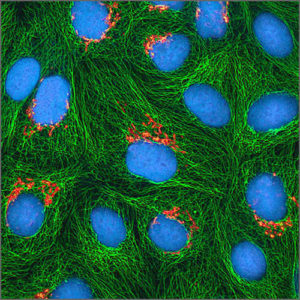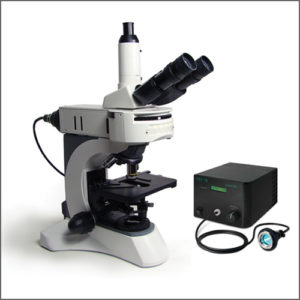Zetasizer
Zetasizer is widely used to measure the particle size and zeta potential of colloids, particles, molecules and proteins in solution.
- Description
|
Testing Method |
Zetasizer |
|
Description |
Zeta potential is a scientific term for electrokinetic potential in colloidal dispersions. In the colloidal chemistry literature, it is usually denoted using the Greek letter zeta (ζ), hence ζ-potential. From a theoretical viewpoint, the zeta potential is the electric potential in the interfacial double layer (DL) at the location of the slipping plane relative to a point in the bulk fluid away from the interface. In other words, zeta potential is the potential difference between the dispersion medium and the stationary layer of fluid attached to the dispersed particle.
The charge or zeta potential of particles and molecules is determined by measuring their velocity while they are moving due to electrophoresis. Particles and molecules that have a zeta potential will migrate towards an electrode if a field is applied. The speed they move is proportional to the field strength and their zeta potential. If we know the field strength, we simply measure the speed of movement, using laser Doppler electrophoresis, and then apply established theories to calculate the zeta potential.
Dynamic light scattering (DLS) is a technique in physics that can be used to determine the size distribution profile of small particles in suspension or polymers in solution. In the scope of DLS, temporal fluctuations are usually analyzed by means of the intensity or photon auto-correlation function (also known as photon correlation spectroscopy or quasi-elastic light scattering). In the time domain analysis, the autocorrelation function (ACF) usually decays starting from zero delay time, and faster dynamics due to smaller particles lead to faster decorrelation of scattered intensity trace. It has been shown that the intensity ACF is the Fourier transformation of the power spectrum, and therefore the DLS measurements can be equally well performed in the spectral domain. The DLS technique is ideal for the measurement of the size of colloids, nanoparticles and molecules, without requiring agitation to make the sample suitable for analysis. |
|
More Information |
Wikipedia: Zeta potential ; Dynamic Light Scattering |

